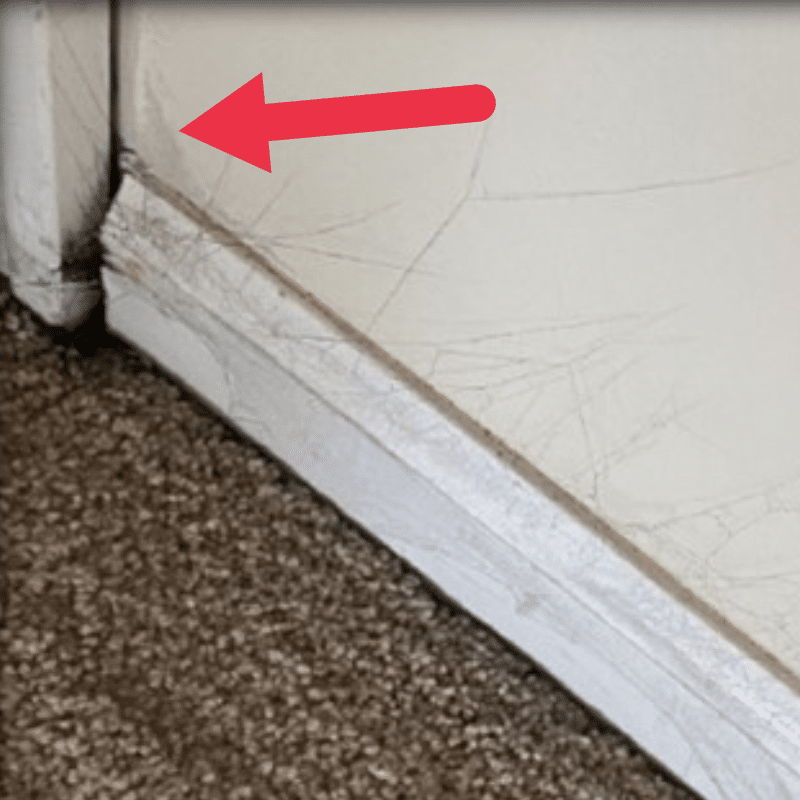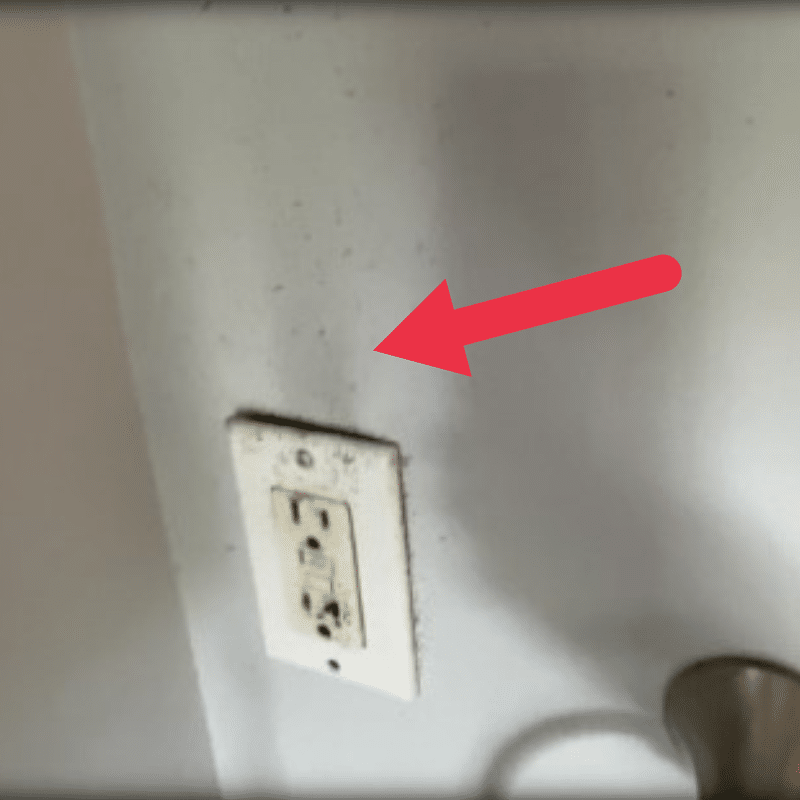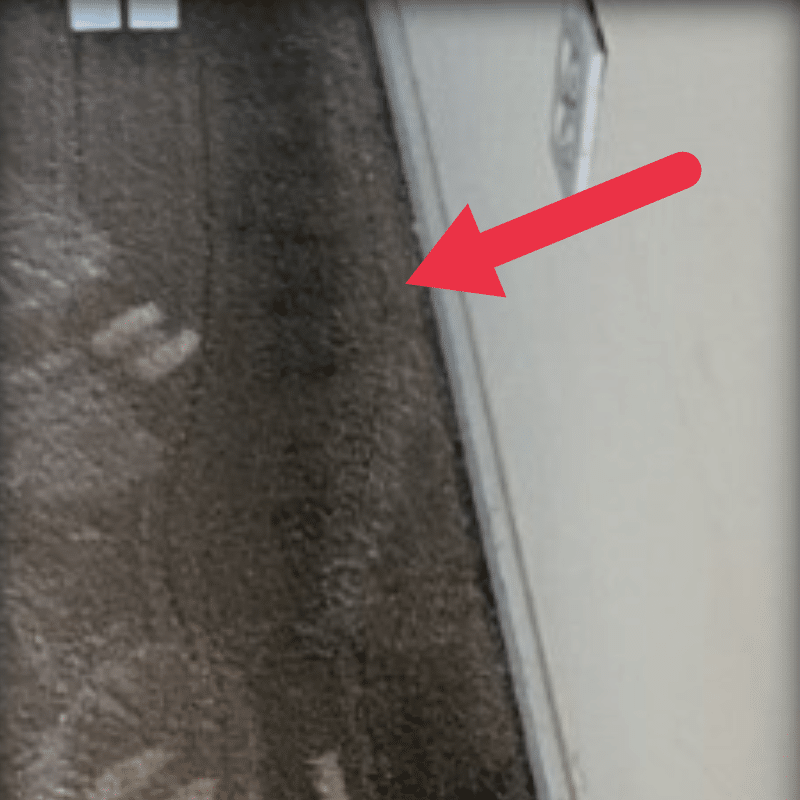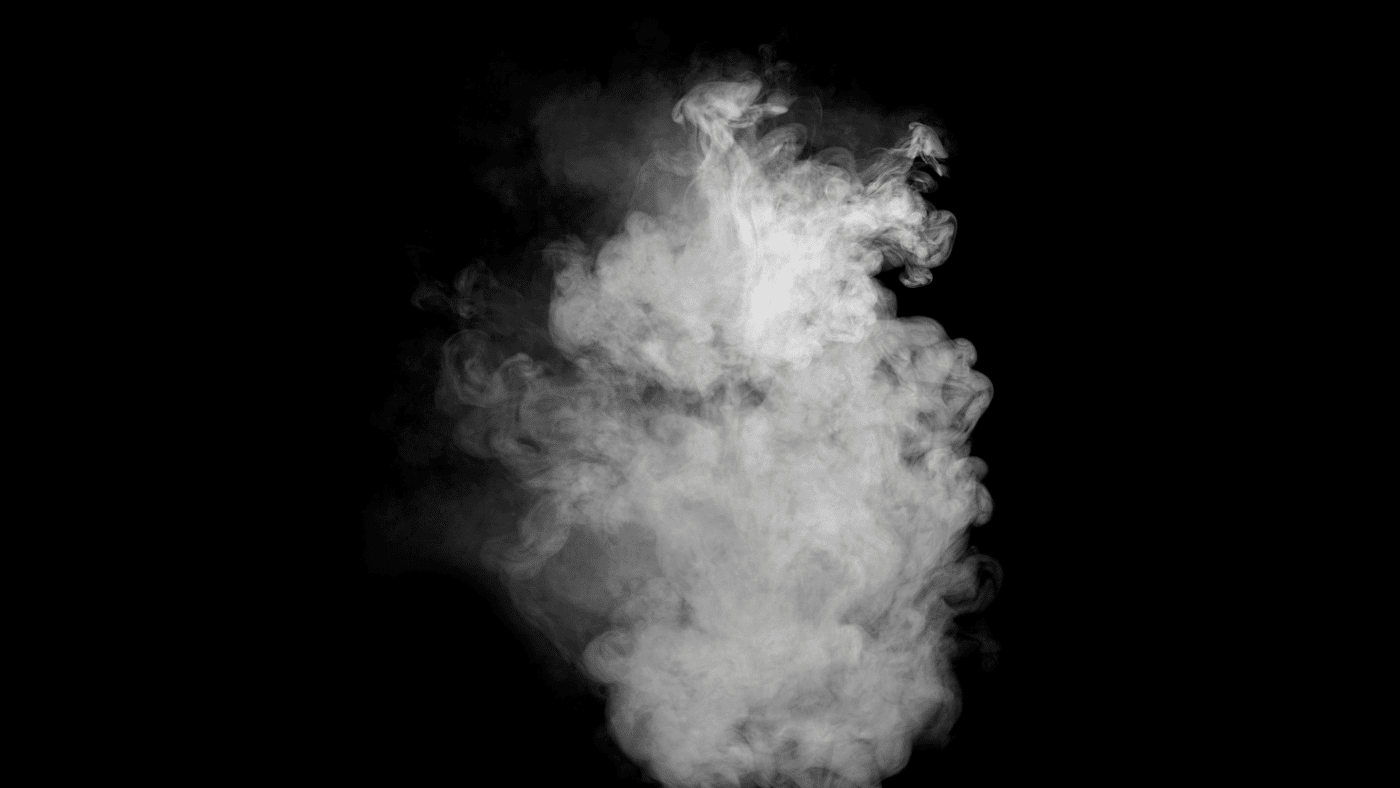Investigating Incomplete Combustion Events: Assessment Protocols for Combustion By-Products
The American Council for Accredited Certification (ACAC) defines smoke as a collection of airborne solid and liquid particulates and gases emitted when a material undergoes combustion or pyrolysis. The composition of smoke depends on the nature of the burning fuel and the conditions of the combustion. Soot, char and ash – collectively termed combustion by-products (CBPs) – are produced when carbon-based fuels (gas, oil, propane kerosene, wood, charcoal, etc.) undergo an incomplete combustion process resulting in settled particles on exterior and interior surfaces. Settled CBP particles can appear as a black or gray coating accompanied by an odor and may exhibit corrosive characteristics and chemical effects. Given that CBPs can also be attributed to household activities like smoking tobacco, burning candles/incense and cooking, it is important to be able to distinguish between day-to-day combustion residue generated within a property and residue that has resulted from an alleged loss.
When it comes to determining the origins of CBP residue in cases where loss is alleged, and a claim is likely, it is important to note that:
- there are no regulatory standards for conducting CBP assessments
- there is no consensus among the regulatory community regarding a standard protocol for CBP assessments
- laboratory-recommended protocols for sampling and analysis of combustion byproduct residue vary widely
For these reasons, VERTEX recommends that structure and wildfire assessors consult closely with their analytical laboratories to understand the laboratory’s sampling and analytical protocols related to CBP assessments. This post provides a brief overview of CBP assessment protocols in situations where a known incomplete combustion event has occurred, and visible or olfactory evidence of damage is present.
Start with Information Gathering: Know Before You Go
Interviewing occupants and observers can provide information that may supplement visual observations. These interactions can provide valuable insight into the situation, such as
- occupant habits, e.g. smoking, fireplace or candle use
- witness observations
- location and size of fire/smoke plume
- any post-fire cleaning or repair activities
For structural and wildlife-related losses, relevant information from fire departments and news outlets should be reviewed.
Using Smell and Sight: In-Person Assessments
Olfactory observations are an important piece of evidence during a CBP assessment. However, given constraints on olfactory perception, e.g. subjectivity, fatigue, conditions, toxicity etc., this evidence should be supported by visual observations.
Visual assessments require an understanding of building construction, as how buildings are built plays a key part in CBP assessments. Air currents and particle transport often produce characteristic deposit patterns that can be recognized by sight. Some typical patterns of particle settlement on interior space include:
Smoke webs/chains: Strands of individual combustion particles that eventually link together create chains or webs that are often mistaken for cobwebs.

Ghosting: Ghosting is a shadow or outline around the surface of an object, e.g. electrical components, wall art, wall and ceiling surfaces, etc. Ghosting is the result of electrical attraction or thermal bridging.

Filtration Marks: Filtration marks are dark streaks or splotches on the surface of insulation and carpets (threshold streaks). These marks are the result of a pressure differential that forces particle and air movement.

What is obvious, i.e. what can be smelled and seen immediately upon entering the damaged space is only the beginning. It may be necessary to investigate wall cavities, attics, crawlspaces and other hidden spaces to determine if CBPs have intruded those spaces. In some cases, destructive sampling methods, e.g. the demolition of wallboard, etc. may be necessary to expand the initial findings.
How Can VERTEX Help?
VERTEX understands the importance of assessing site conditions quickly and correctly. Gathering background information and understanding the nature of CBPs and the associated distribution and deposit patterns can prevent unnecessary analytical costs.
If testing is necessary, VERTEX has experienced industrial hygienists, who work in concert with analytical laboratories to determine the most appropriate methods for CBP assessments. Having the facts in hand streamlines the delineation process and expedites reporting timelines for investigation and mitigation protocol deliverables.
Our building science and environmental insurance staff have the knowledge needed to conduct competent assessments, provide guidance for professional restoration actions and manage fire/CBP insurance claims. To request more information regarding VERTEX services related to combustion byproduct services, please contact Abigayle Virgilio, call 888.298.5162 or submit an inquiry.




